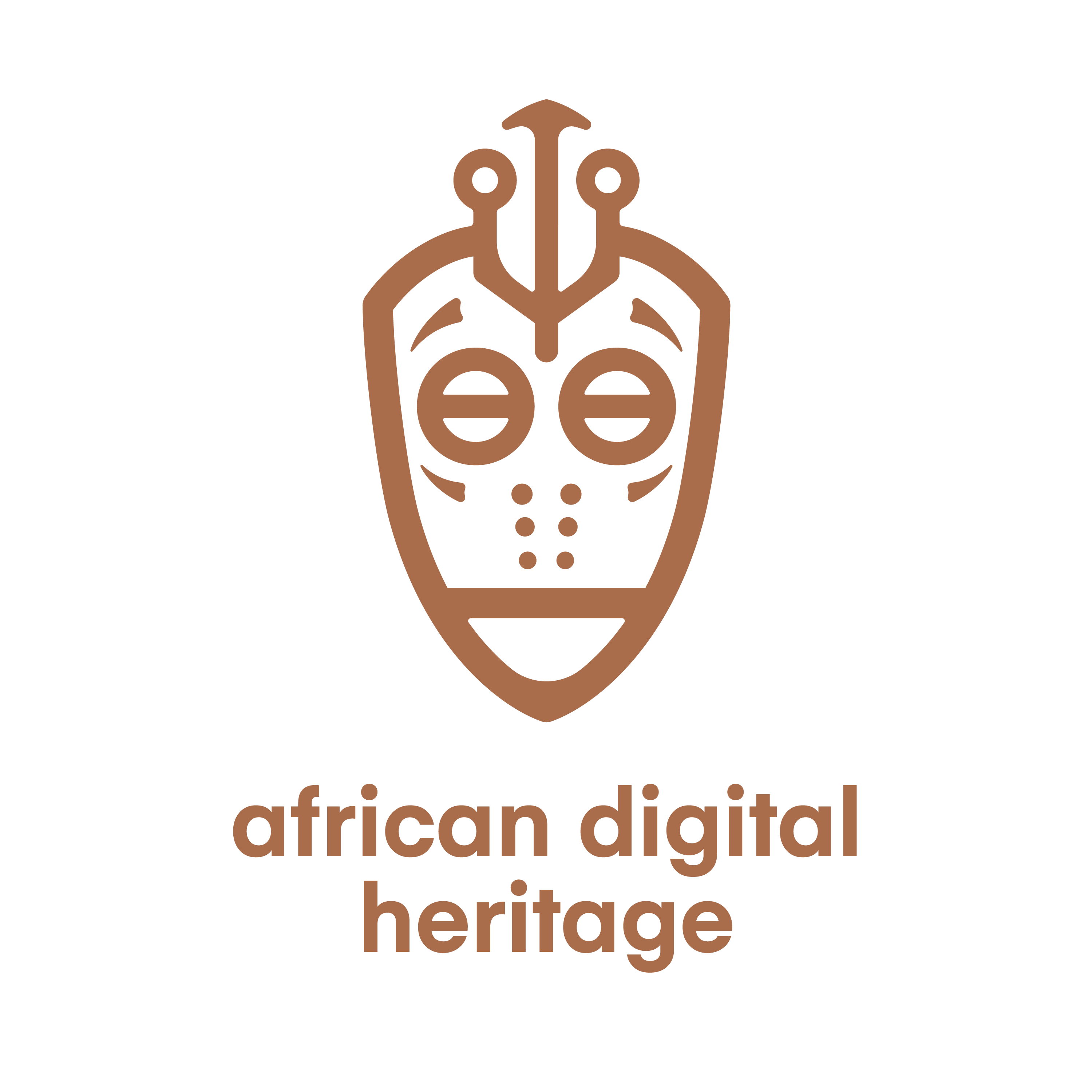The most recent phase of S4C was based in actualising the need and desire to establish a longer, more intentional approach in skills implementation. We used a hands-on approach to improve and compound the pre-existing skills of organisations/institutions that had already received capacity building and training from the initial phases of Skills For Culture- to see how they were utilising them and what implementation challenges they were facing despite their ‘newly’ acquired skills.
We hoped that this would facilitate a longer-term guided approach that would ensure the organisations comfortably and effectively execute their cultural heritage preservation work.
Activity 1: In-depth Learning and Mentorship Program for Community Driven Cultural Heritage Programs.
For Phase IV of Skills for Culture, we collaborated with Akamba Cultural Centre and Museum and Malindi District Cultural Association (MADCA), community-led and community-driven cultural heritage organisations, to implement improvements and integrate insights gained during the training sessions conducted in S4C Phase III.
More about the S4C Phase IV participants:
The Akamba Cultural Centre and Museum is a leading institution dedicated to the preservation, documentation, and promotion of Akamba heritage. It serves as a hub for cultural education, showcasing a rich collection of traditional artefacts, oral histories and indigenous knowledge. ACCM plays a crucial role in safeguarding the community’s identity through exhibitions, research, and community-led initiatives that celebrate and transmit Kamba cultural heritage to future generations.
The Malindi District Cultural Association (MADCA), a cultural organisation based in Malindi, plays a crucial role in preserving Giriama cultural heritage, including traditional music, dance, storytelling, and historical artefacts. The organisation is known for its active role in cultural revitalisation, research, and advocacy, ensuring that the indigenous knowledge of Kenya’s coastal communities is documented and transmitted to future generations.
A glimpse into the site visits:



For our team members, these weren’t just visits they were full-circle moments. The culmination of learning, listening, and becoming—“a testament to the impact that Skills for Culture has achieved in its four phases.”
Where we offered tools, they offered time-earned wisdom and in that exchange, something lasting took root- that digital heritage, done with care, can build careers, communities, and continuity.
In this way the purpose of Skills for Culture came alive: learning across generations, building capacity, and honouring heritage—digitally and in community.
Activity 2: The Culture Catch Up- Honoring the Wisdom and Resilience of Communities
In April, we held a Public History Talk under the theme “Maarifa – Honoring Resilience,” to present the phenomenal work both ACCM and MADCA continue to do for and within their communities. In our time together we explored the genesis of the organisations, how they navigate the complexities of managing cultural entities, and how their work centres and caters to the needs of their communities.
“Penye wasomi pana maarifa na Penye wazee pana uzima (Where there are scholars there is knowledge and Where there are elders there is wholeness)”
Watch the Full Conversation Here:
Activity 3: A Case Study Report- Skills For Culture the Experience of an Encounter
After five years of designing and delivering Skills for Culture, delivered both online and in-person, spanning from the national to grassroots level, we believe our project provides a valuable case study for understanding the design and implementation of capacity-building programs in an ever-changing sector.
In this report, published in May, we traced the impact and growth of African Digital Heritage (ADH) and the institutions and individuals it has touched under the banner of the project “Skills For Culture”.
Skills For Culture has been a vehicle for institutional growth and capacity building that has enriched and hopefully will continue to enrich the cultural heritage sector in Kenya and on the continent at large.
In mapping out the various encounters that have shaped the evolution of the entire project and by analysing the varying contributions that have shaped it, the report covers the ways in which actionable, progressive steps can be taken towards fostering and investing in a competent and skilled taskforce dedicated to advancing cultural heritage and promoting sustainable growth in the cultural and creative industry.

A May 2025 Report
Activity 4: The Histories We Tell – A Public History Event
As a culmination of the program’s activities and to further involve our community, friends of ADH, community-based cultural organizations, students and activists, we held a public history gathering in May to explore digitisation, cultural preservation, and community archiving through screenings, conversations, and lived experiences.
This full-day event highlighted the powerful ways communities are preserving heritage, telling their stories, and leveraging technology to protect memory.
Through screenings, panels, and showcases, the program invited attendees to reflect on:
🌀What does it mean to future-proof culture in the digital age? And
🌀How can technology serve, rather than erase, deeply local narratives?

Activity 5: The Release of “Usanii ni Ufundi”
At “The Histories We Tell”, we premiered “Usanii ni Ufundi”, a short documentary film that spotlights the craftsmanship, beauty, and resilience at the heart of community-driven cultural preservation.
Through the documentary, you journey with the African Digital Heritage team to Makueni and Malindi, as we share intimate and insightful moments from our visit to ACCM and MADCA. Despite limited resources, these organisations continue to innovate and serve as custodians of living heritage.
Usanii ni Ufundi—roughly translated as Art is Craftsmanship—this Kiswahili saying helps us express the mastery, ingenuity, and resilience of community-led organisations at the intersection of culture, creativity, and impact. In this context it defines artistry not just as aesthetic expression, but as a deliberate and evolving form of technical mastery—rooted in heritage, driven by purpose, and sharpened by adaptation.
The Sounds of Skills For Culture IV
To compliment the Public History Talk, we curated a playlist dedicated to all the Wasanii (creators and makers) who inspire us with their Ufundi (their excellence).








